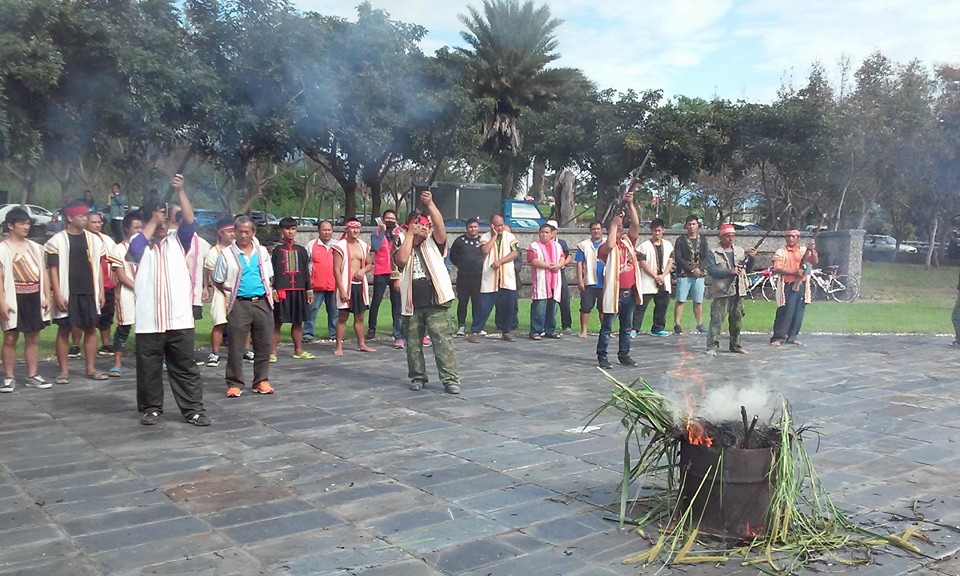[The following is an invited post by Scott Simon. Scott is Professor in the School of Sociological and Anthropological Studies at the University of Ottawa, Canada. Having conducted research in Taiwan for nearly two decades, he specializes in indigenous rights, hunting life-ways, and human-animal relations. His most recent book is Sadyaq Balae! L’autochtonie formosane dans tous ses états.]

In mid-December 2015, indigenous social activists protested across Taiwan with urban demonstrations and lighting of solidarity bonfires in rural communities. They were angry about the case of Tama Talum (Wang Guang-lu), a 56-year-old Bunun man slated to begin a 3.5 year prison sentence on December 15. In July 2013, at the request of his 92-year-old mother who wanted to eat traditional country food, he had hunted one Reeve’s muntjac (a small deer) and Formosan serow (a mountain goat).1 He was arrested and convicted in a Taitung court for illegal weapons possession and poaching. On October 29, 2015, the Supreme Court ruled against his appeal. Tama Talum’s case merits international attention for humanitarian reasons, but also because it reveals deeper human rights issues.